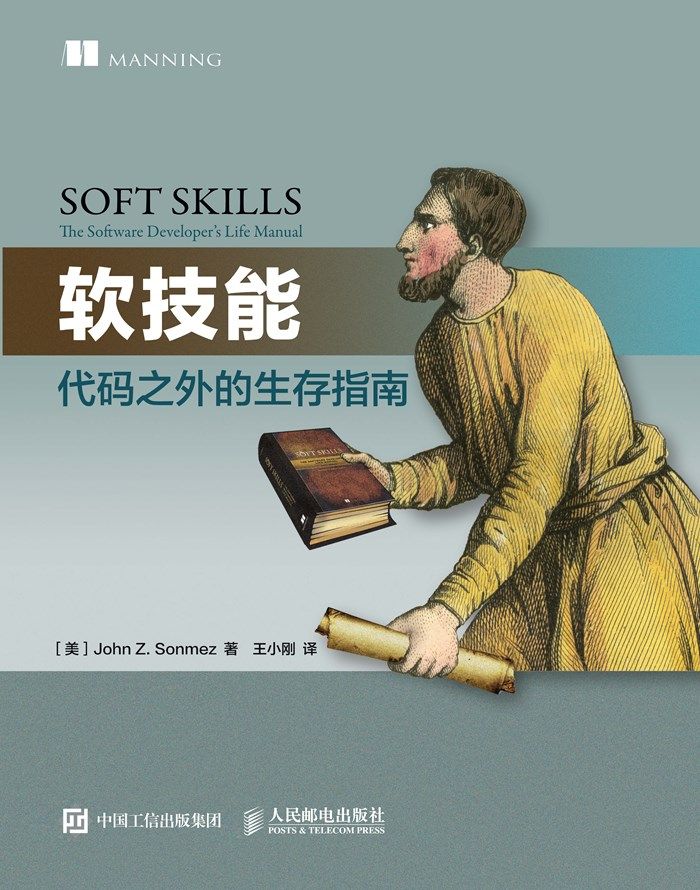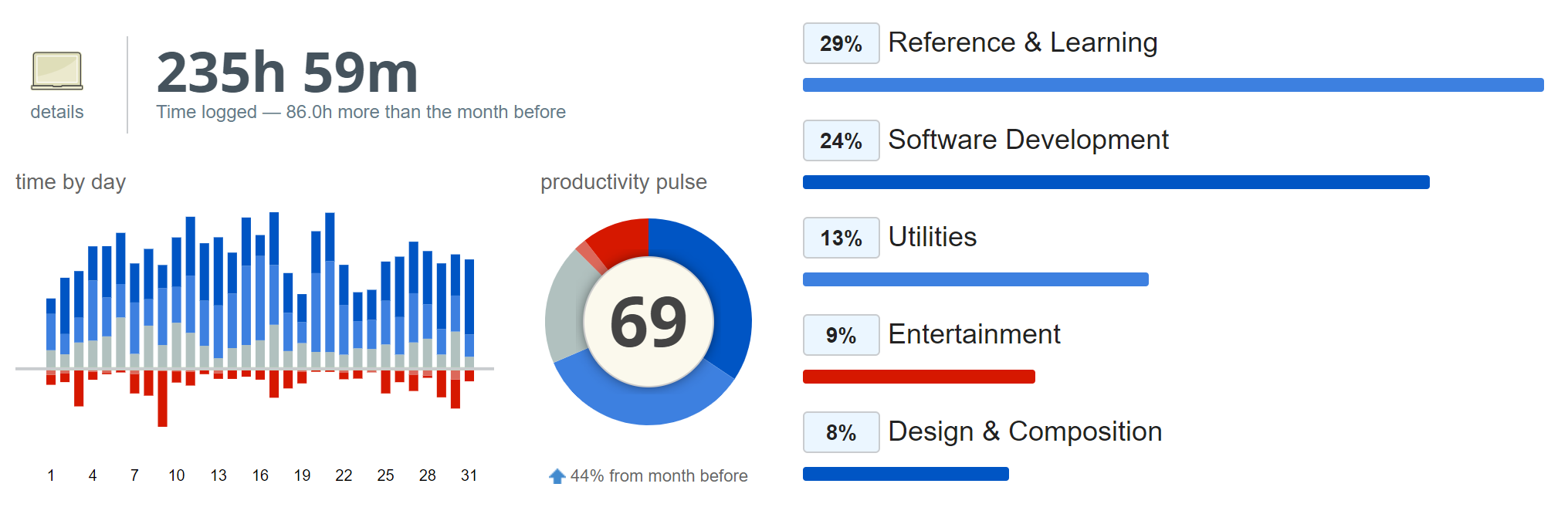This is a bullet note I take form the book 10 Steps to Earning Awesome Grades written by Thomas Frank.
10 Steps to Earning Awesome Grades
Step 1 - Pay Better Attention in Class
Sit Up Front and Be Present
Come Prepared
Get Help from Your Professor (The Right Way)
Keep Those Hands Moving
Step 2 - Take More Effective Notes
Five Excellent Note-Taking Methods
- The Outline Method
- The Cornell Method
- The Mind Map Method
- The Flow Method
- The “Write on the Slides” Method
Paper Notebooks vs. Laptops
Step 3 - Get More Out of Your Textbooks
Don’t Do All Your Assigned Reading
Know How You’ll Be Assessed
Don’t Read Textbooks Like Newspapers
5 Active Reading Strategies
- Use the Pseudo-Skimming Technique
- Read the Chapter Backwards
- Create Questions While You Read
- Pay Attention to Formatting
- Mark Up Your Book and Take Notes
Summarize What You Read
Step 4 - Plan Like a General
Planning Mode vs. Robot Mode
Plan Out Your Entire Education
Plan Your Week on Sunday
Understand Task Contexts
Create a Daily Plan
Try Timeboxing
Know Thy Fudge Ratio
Use the Captain America Method to Break Down Projects
Step 5 - Build Your Optimal Study Environment
- Finding the best study location
- Selecting great study music/noise
- Limiting real-world distractions
- Limiting technological distractions
Step 6 - Fight Entropy and Stay Organized
Organize Your Files the Right Way
Build a Quick Capture System
Get a Second Brain
Use a Task Manager
Fight Entropy
Step 7 - Defeat Procrastination
Get Over “I Don’t Feel Like It.”
Understand the Procrastination Equation
Build Strong Habits
Avoid Low-Density Fun
Use the Pomodoro Technique
When All Else Fails, Bring the Pain
Step 8 - Study Smarter
Replicate the Test Conditions
Emphasize Active Learning
Use Spaced Repetition
How to Study Math (and Similar Subjects)
Step 9 - Write Better Papers
Do a Brain Dump
Develop a Focus and Key Questions
Conduct Better Research
Write an Awful First Draft
Edit Ruthlessly
Step 10 - Make Group Projects Suck Less
Make Good Use of the First Meeting
Avoid the Bystander Effect
Solutions vs. Mixtures
Use Great Tools to Be More Effective

